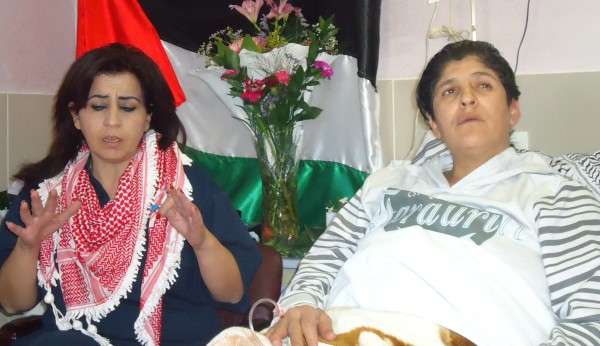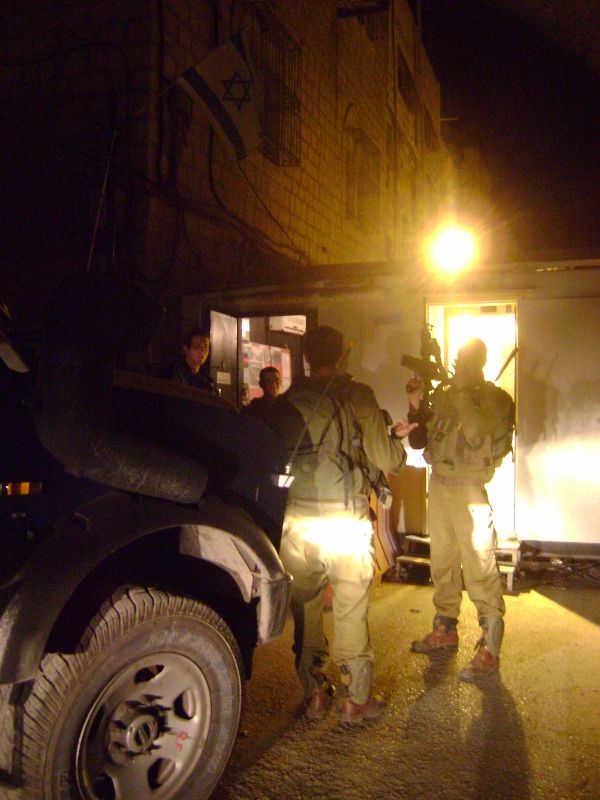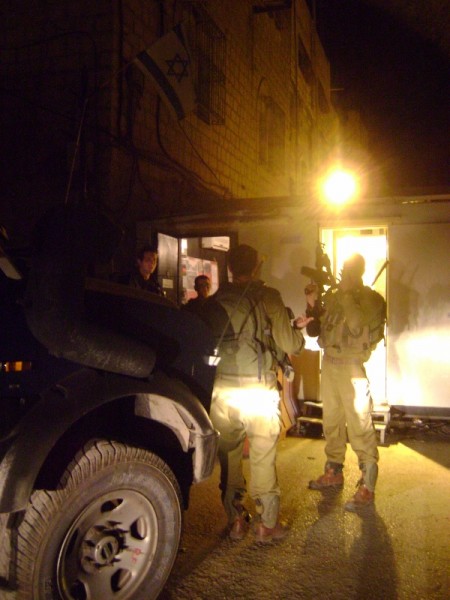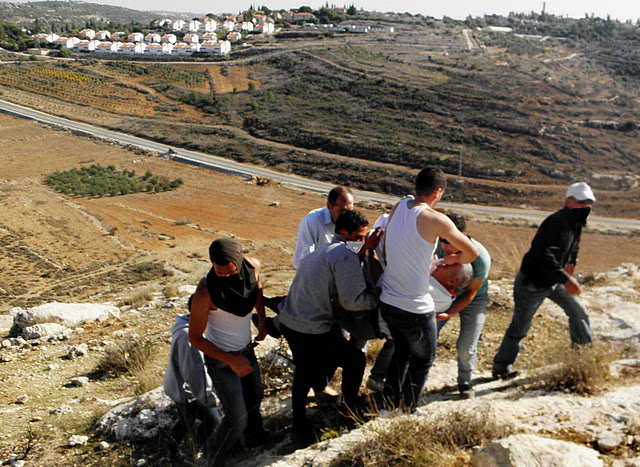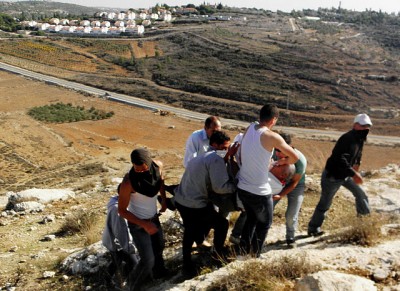13 November 2011 | Popular Struggle Coordination Committee
UPDATE: The opening court date has been postponed from 17 November to 24 November 2011.
Tristan Anderson, a US National, suffered a life-threatening injury after being shot in the head with a high velocity tear-gas projectile during an anti-Wall demonstration on March 13th, 2009.
On 13 March 2009, Israeli Border Police officers shot US activist from California, Tristan Anderson, in the head with a high velocity tear-gas projectile during a demonstration in the West Bank Village of Ni’ilin. He was shot from a distance of about 40 meters away, at a time when no clashes or protesters were in his immediate vicinity. As a result of the shooting, Anderson suffered serious brain damage and the loss of his eye, as well as being paralyzed on half of his body. His injuries prevent him from functioning as an independent adult. A criminal investigation into the incident by the Israeli police is still pending.
Proceedings in the Anderson family’s civil suit against the State of Israel will begin on Thursday at the Jerusalem District Court in Jerusalem. The suit was filed by attorney Ghada Hleihil of the Lea Tsemel Law Office to demand reparations for the unjustified shooting and for damages incurred by Anderson and his loved ones.
The opening hearing will include the testimony of Gabrielle Silverman, Anderson’s partner. Silverman was standing near Anderson when he was shot. She was also inside the ambulance that evacuated Anderson from the scene, which was stopped by the army for long minutes at the Ni’ilin checkpoint despite the clear indications that Anderson was in critical condition with a life threatening head injury.
Proceedings are scheduled to continue on Nov 24th, Nov 27th and Dec 18th.
Background
On 13 March 2009, Israeli Border Police officers shot the US activist from California, Tristan Anderson, in the head with a high velocity tear-gas projectile during a demonstration in the West Bank Village of Ni’ilin. Anderson, 38 at the time, was rushed to the Tel Hashomer hospital in Israel, where he underwent several life-saving surgeries on his brain and eye. Despite many operations, Tristan suffered serious brain damage and the loss of his eye.
Anderson was shot from a distance of about 40 meters, despite the fact that no clashes or protesters were in his immediate vicinity at the time as many protesters had already returned to their homes.
At a press conference following Anderson’s hospitalization in March, his parents, Mike and Nancy Anderson expressed shock at the shooting of their son, and their hope that Israel would take responsibility for its forces’ actions.
In August 2009 before Israel’s investigation was made public, the Israeli Ministry of Defense notified the Anderson’s lawyers that Israel perceives the incident on 13 March 2009 as an “act of war”. This classification was made despite the fact that Anderson’s shooting occurred during a civilian demonstration and that there were no armed hostilities during the event or surrounding it. The consequence of such classification is that according to Israeli law, the state of Israel is not liable for any damage its’ forces have caused, even if unjustified.
Michael Sfard, the attorney representing the family in the criminal proceedings, stated: “If an unarmed civilian demonstration is classified by Israel as an ‘act of war’, then clearly Israel admits that it is at war with civilians. International law identifies the incident as a clear case of human rights abuse.”
Following the conclusion of the Israeli investigation and the decision to close the case without filing any indictments on the grounds of “lack of wrongdoing” in March 2010, the Anderson family filed an appeal. A thorough examination of the police’s case file by Attorney Sfard revealed that the police failed to visit the scene of the shooting, questioned officers who had nothing to do with the case and failed to question the Border Police unit in the area from where Tristan was shot according to all civilian eyewitnesses. Following an appeal pointing to grave negligence in conducting the investigation, the District Attorney ordered that the investigation into the shooting be reopened. Tristan Anderson and his family returned to the United States in June, following over a year in the hospital. Currently residing in California, the shooting has left Anderson suffering cognitive damage, paralyzed on the left side and requiring 24 hours care.
Israeli forces began using high velocity tear-gas projectiles and 0.22 caliber live ammunition at West Bank demonstrations in December 2008, in parallel with Operation Cast Lead in Gaza. High-velocity tear-gas projectiles, like the one that was shot at Tristan Anderson are a product of the US company, Combined Systems Inc (CSI). A similar projectile caused the mortal injury of Bassem Abu Rahmah in the village of Bil’in on April 17th, 2009 – only a month after Anderson’s shooting. The projectile and its misuse by Israeli forces have been highlighted by the Israeli human rights group, B’Tselem, which caused the Judge Advocate General (JAG) to order that the Army investigate their misuse on several occasions. Eventually the use of the projectile by the Army was banned in the West Bank. According to a CSI subsidiary company’s website, the projectiles, with a velocity of 400 ft/sec (130m/sec), are not meant for use in open-air crowd control situations, but rather as indoor barricade penetrators.
